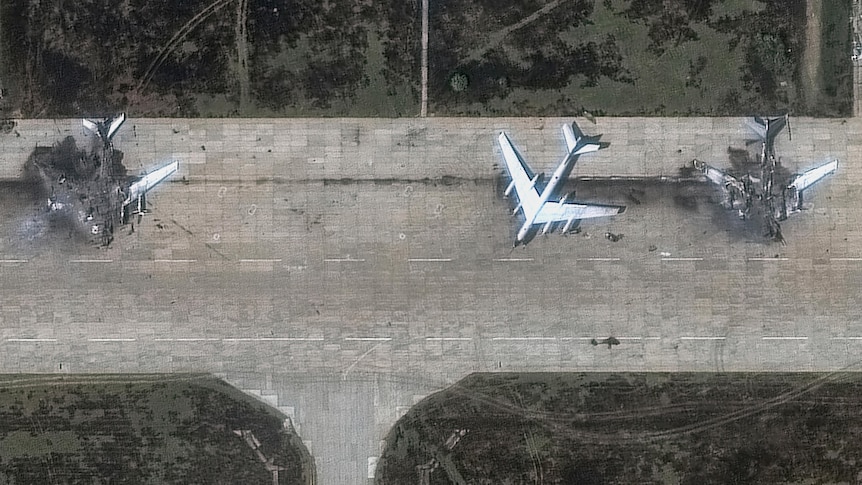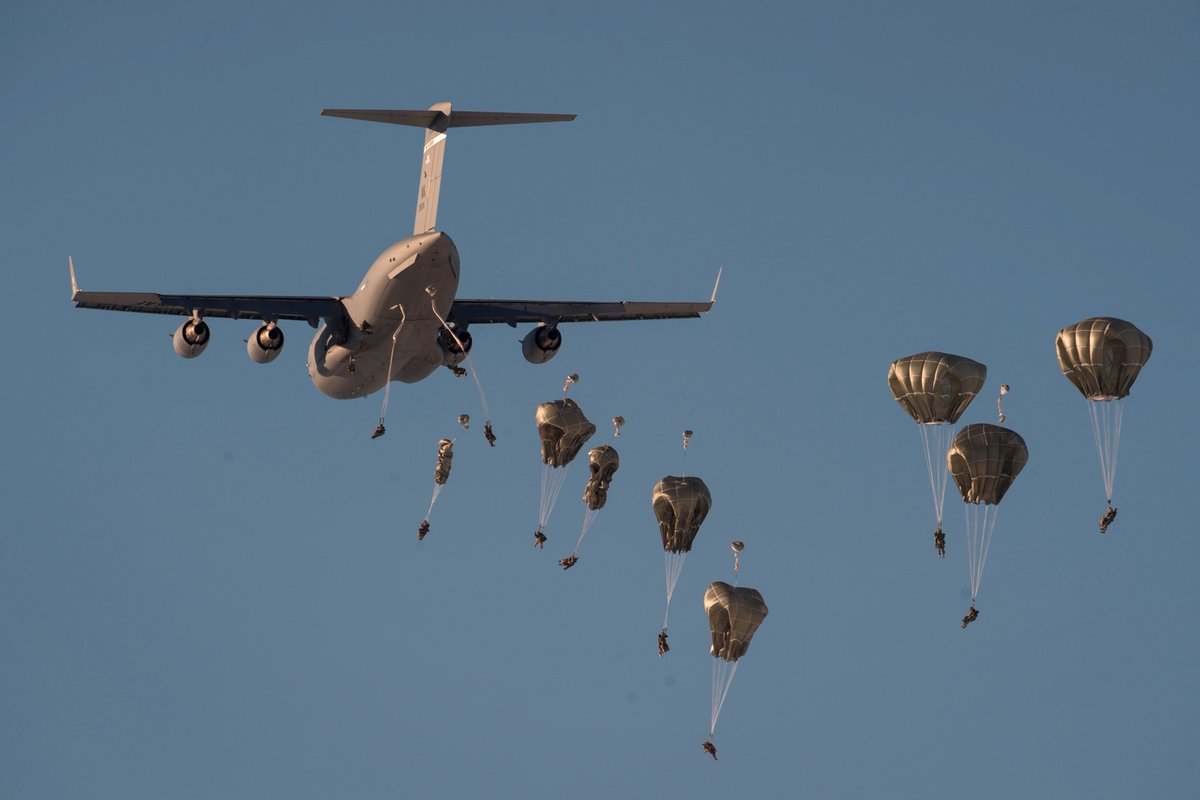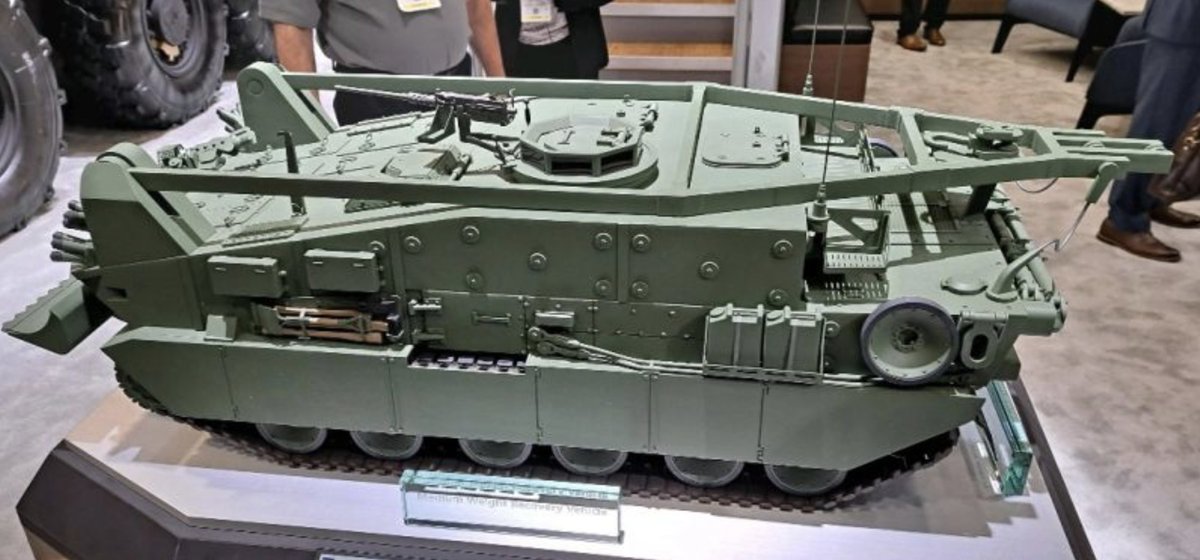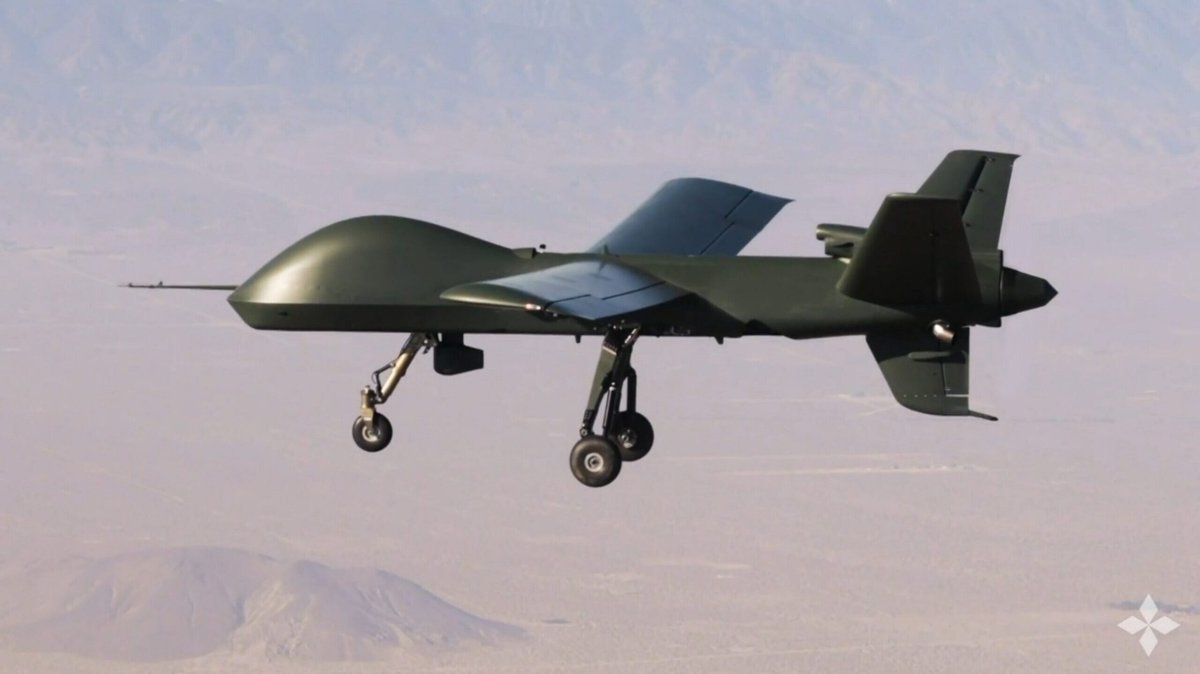NGSW RECAP (Thread)
The felt recoil of prototype weapons for the US Army's NGSW program is significantly higher than for legacy 7.62 mm weapons. But the recoil of 7.62 mm weapons, which is difficult to control when firing bursts, was partly why NATO switched to 5.56 mm.
1/20


The felt recoil of prototype weapons for the US Army's NGSW program is significantly higher than for legacy 7.62 mm weapons. But the recoil of 7.62 mm weapons, which is difficult to control when firing bursts, was partly why NATO switched to 5.56 mm.
1/20


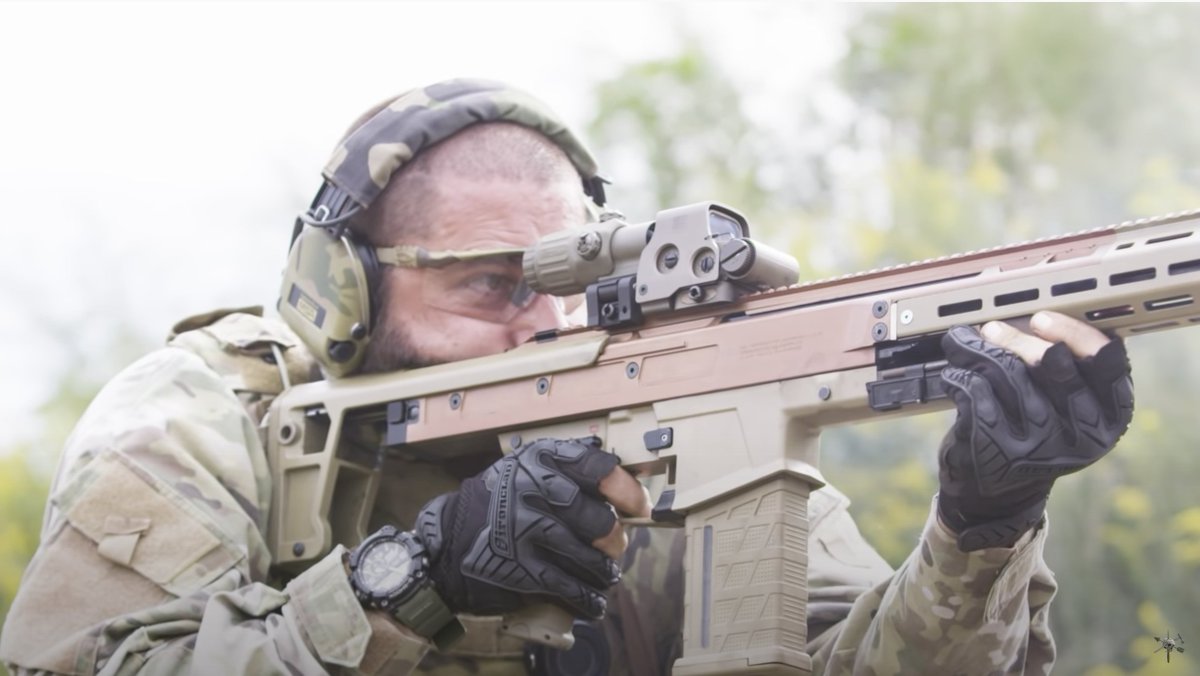
A 2nd problem is that NGSW weapons have a muzzle velocity of 3,000 f/sec (914 m/sec) and chamber pressure of 80,000 psi versus 45,000-55,000 psi for 7.62 mm. This is going to cause serious barrel and parts longevity issues. NGSW reports suggest < 3,000 round weapon life.
2/20
2/20

Such performance is based on the need to penetrate Level IV body armour at 600 metres. The result is an ammunition that's as powerful as .300 Winchester Magnum, which has ~ 20% more energy than the .30-06 cartridge on which 7.62 mm NATO is based. (Image: The Firearm Blog)
3/20
3/20

The challenge of teaching male and female soldiers to shoot so they can accurately hit targets in combat at distance, when fatigued or under stress, will be much greater. I can see 6.8 mm NGSW being a specialist DMR cartridge, but a standard infantry calibre? Really?
4/20
4/20

So, the first question to ask is whether the task of taking out enemies wearing body armour at 600 metres is better left to snipers equipped with .338 / 8.59 mm precision rifles? Second, could the range at which Level IV armour needs to be defeated be reduced to 300 metres?
5/20
5/20

My view is that the large number of 7.62x51 mm NATO weapons and 7.62x54 mm Russian weapons still in use around the world means that any future NATO calibre must at least match these two legacy cartridges in range and terminal effectiveness. NGSW certainly does this.
6/20

6/20


But the equally important challenge is to reduce the dismounted soldier's weight burden. If 6.8 mm NGSW replaces 5.56 mm ammunition at squad level, its increased weight will do the opposite. (The SIG hybrid case, for example, is close in weight to 7.62 mm NATO brass.)
7/20

7/20


Polymer cased 6.8 mm NGSW ammo has potential to match 5.56 mm weight, but is unlikely to be less. Ultimately, the challenge is to configure 7.62 mm performance in a 5.56 mm package. In fact, the US Army Marksmanship Unit did a great job with its .264 USA cartridge (centre).
8/20
8/20

More recently, another cartridge has become a firm favourite of SOCOM operators. This is the 6.5 mm Creedmoor. Shown below centre in SIG's hybrid case, it significantly overmatches 7.62 mm beyond 500 metres. Unfortunately, its power also impacts barrel and parts longevity.
9/20
9/20

More recently, US ammo company Hornady produced the 6 mm Advanced Rifle Cartridge. This is basically a 6 mm version of the 6.5 mm Grendel and offers significant long-range performance. It fits the action length of legacy 5.56 mm weapons, but it isn't clear how lethal it is.
10/20
10/20

Any discussion of future calibre choices wouldn't be complete without consideration of the 6.5 mm Grendel. With same overall length as a 5.56 mm NATO cartridge, it can be used in re-barrelled AR15s. The problem is it needs a 24" barrel to achieve 7.62 mm performance claims.
11/20
11/20
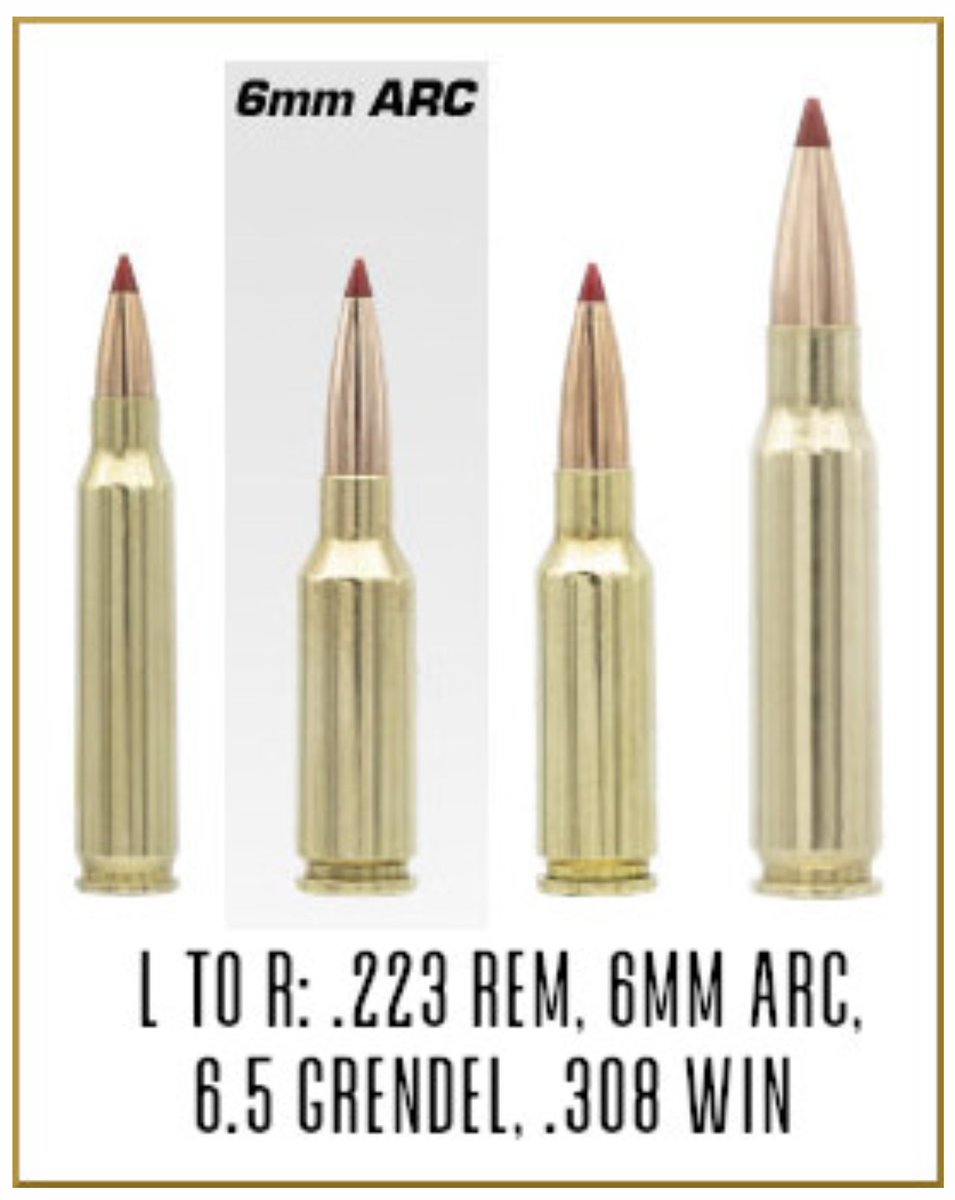
To summarise, if NGSW proves to be too powerful, an obvious solution is to package the 6.8 mm EPR bullet in a 6.5 mm Creedmoor case. The goal would be to achieve Level 4 penetration at 300 metres. (The image below shows the NGSW 6.8 mm EPR-style bullet.)
12/20
12/20

If the notional "6.8 mm Creedmoor" is still too powerful, another option would be to reduce the calibre to 6 mm or 6.35 mm. Hornady has already developed a 6 mm Creedmoor round. This has exceptional long-range performance, less weight and less recoil than its big brother.
13/20
13/20

Ultimately, to deliver the required Level IV defeat at 300 metres, we're probably looking at a calibre of between 6 mm and 6.5 mm in a 45 mm to 51 mm case with a bullet weight of 6 to 7 grams. A brass cartridge would weigh around 16-18 grams and a polymer one 12-14 grams.
14/20
14/20
The truth is that while 5.56 mm is best at ranges below 300-400 metres, you don't need to go much bigger to deliver vastly better long-range performance and lethality in the same lightweight package. Britain and the US showed this in the 1970s with 6.25 mm and 6 mm SAW.
15/20

15/20


Looking ahead, the need to defeat body armour remains important, but if it imposes significant weight & recoil penalties, while reducing the total number of rounds that can be carried for a given weight, it'll be a retrograde step. So requirement setting must be realistic.
16/20
16/20
The Textron and GD-OTS NGSW weapons both validate polymer cased cartridges, although cased-telescoped ammo is likely to be risky and expensive, especially as 5.56 mm will still be retained for non-infantry units.
17/20
17/20
The SIG NGSW offering features a clever hybrid ammunition design that combines steel and brass. It sensibly recognises that brass ammo still makes a lot of sense.
18/20
18/20

It isn't clear what will happen with NGSW, even though the US Army is on track to complete testing this year with a view to selecting a winner this year and commencing fielding next year. My bet is that it may want to revisit the ammo specification for whatever weapon wins.
19/20
19/20
Lastly but not least, the most significant aspect of NGSW is the active reticle fire control optic. This truly impressive technology combining a ballistic computer, laser range finder and wind sensor will revolutionise combat marksmanship more than the weapon or ammunition.
/END
/END

@PatDonahoeArmy @Ross_Coffman @BritishArmy @warmatters @BritishArmyUSA @InnovationArmy @armycoschinf @maj_retd_fox @BO3673 @TotherChris @thinkdefence @EdOBrien @B4ck1n @historicfirearm @2805662 @SRDMaguire @ODowcett @USArmy @FortBenning @TRADOC @USASOCNews @USSOCOM @USAMUSoldiers
• • •
Missing some Tweet in this thread? You can try to
force a refresh




